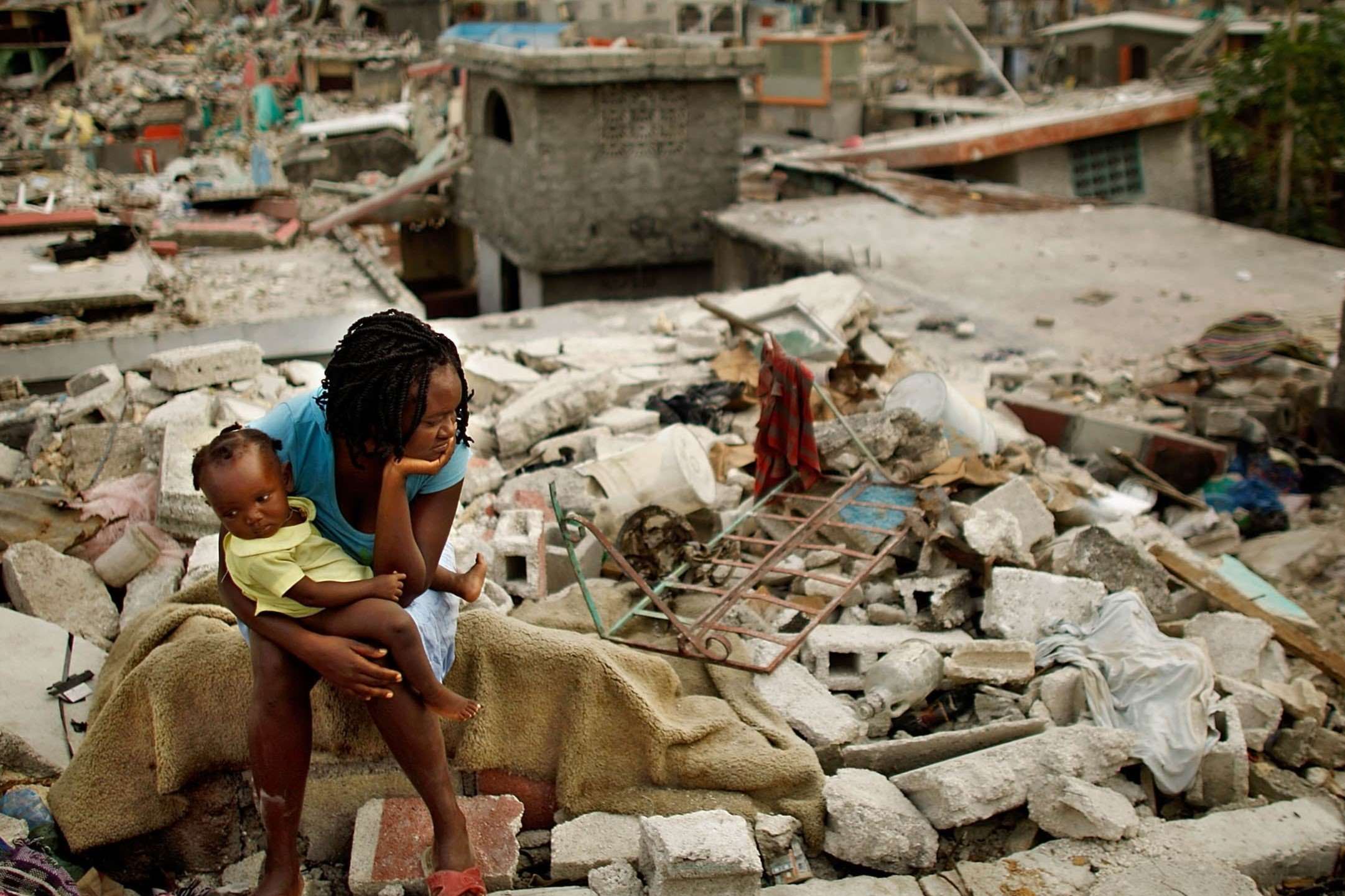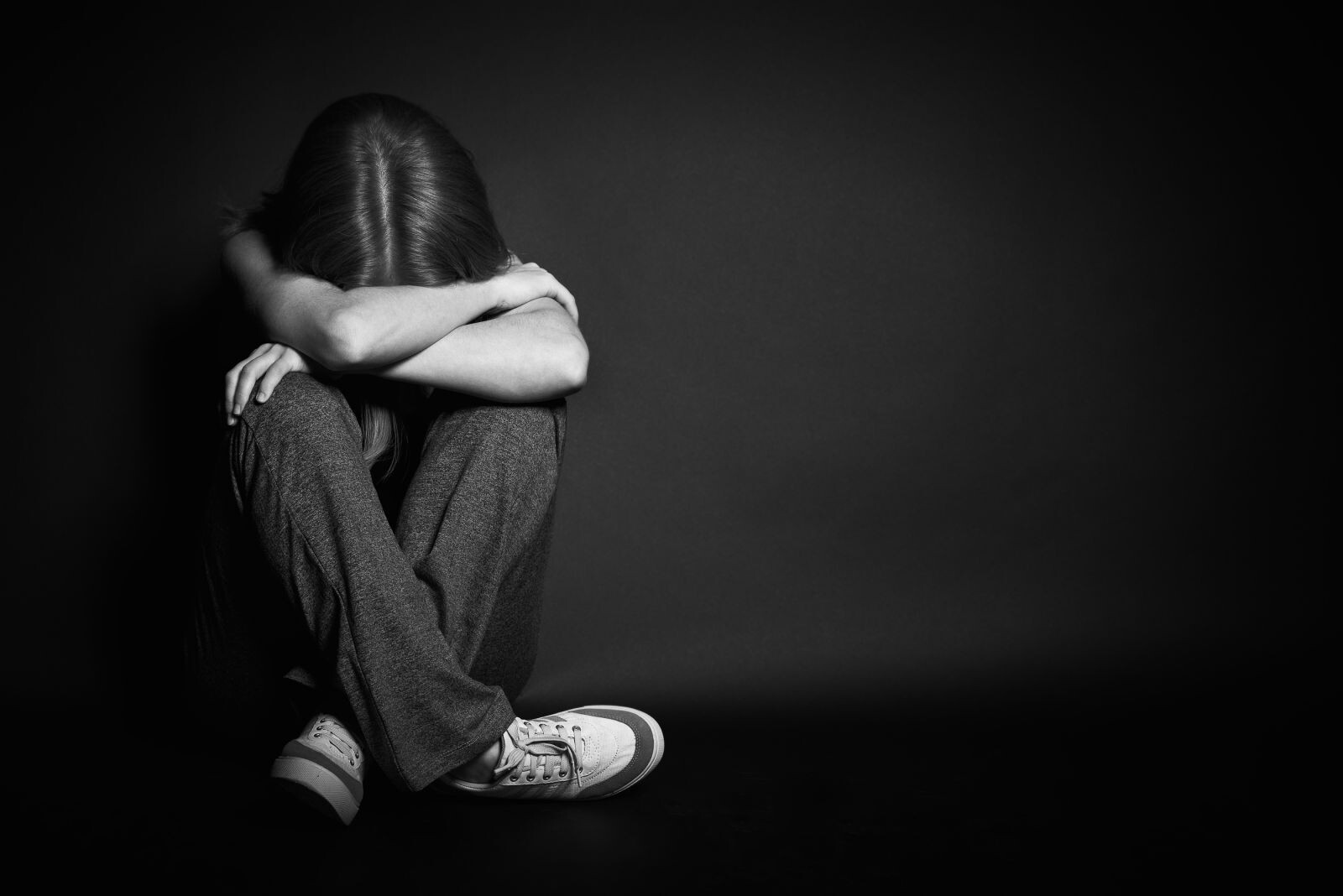
In 2010, Port-au-Prince, Haiti, was struck by a devastating earthquake, leaving an indelible mark on the country and its people. This seismic event not only reshaped the physical landscape but also the lives of millions. Understanding the magnitude and impact of this disaster is crucial for grasping the resilience and challenges faced by Haitians. 13 facts about the Port-au-Prince Haiti earthquake will provide a comprehensive overview, from the quake's strength to the aftermath and recovery efforts. These insights aim to shed light on the tragedy, highlighting the human spirit's strength in the face of adversity. Join us as we delve into the key aspects of one of the most significant natural disasters of the 21st century.
Key Takeaways:
- The 2010 Haiti earthquake was one of the deadliest in history, causing immense human suffering and economic devastation, with millions displaced and billions of dollars in damage.
- Despite international aid, Haiti's recovery from the earthquake continues to face challenges, with many still living in temporary shelters and ongoing rebuilding efforts.
The Devastating Earthquake
On January 12, 2010, a catastrophic earthquake struck Port-au-Prince, Haiti. This natural disaster left a lasting impact on the country and its people. Here are some key facts about this tragic event.
-
The earthquake had a magnitude of 7.0 on the Richter scale, making it one of the most powerful quakes to hit the region in over 200 years.
-
The epicenter was located just 16 miles west of Port-au-Prince, the capital city of Haiti, causing widespread destruction.
-
The quake struck at 4:53 PM local time, catching many residents off guard as they were going about their daily routines.
Human Impact and Casualties
The human toll of the earthquake was immense, affecting millions of lives. Here are some sobering statistics and facts about the casualties and human impact.
-
Approximately 230,000 people lost their lives due to the earthquake, making it one of the deadliest natural disasters in history.
-
Over 300,000 people were injured, many of whom suffered severe injuries that required long-term medical care.
-
An estimated 1.5 million people were displaced from their homes, forced to live in makeshift shelters and camps.
Infrastructure and Economic Damage
The earthquake caused extensive damage to Haiti's infrastructure and economy, setting back development efforts by decades. Here are some key points about the destruction.
-
Around 250,000 residences and 30,000 commercial buildings were either destroyed or severely damaged.
-
Key government buildings, including the Presidential Palace and the National Assembly, were reduced to rubble.
-
The economic damage was estimated to be between $7.8 billion and $8.5 billion, a staggering amount for one of the poorest countries in the Western Hemisphere.
International Response and Aid
The global community quickly mobilized to provide aid and support to Haiti. Here are some facts about the international response.
-
Over 20 countries sent rescue teams, medical personnel, and supplies to assist in the immediate aftermath of the earthquake.
-
The United Nations launched a $1.5 billion appeal to fund emergency relief efforts, which included food, water, and medical supplies.
-
Celebrities and public figures, such as Wyclef Jean and Sean Penn, played significant roles in raising awareness and funds for the relief efforts.
Long-term Recovery and Rebuilding
Rebuilding Haiti has been a long and challenging process. Here are some facts about the ongoing recovery efforts.
- Despite significant international aid, many Haitians still live in temporary shelters, and rebuilding efforts continue to face numerous challenges, including political instability and limited resources.
A Final Glimpse at Port-au-Prince's Resilience
Port-au-Prince's story of resilience in the face of the devastating 2010 earthquake is a testament to the strength and spirit of its people. From the ruins, citizens and global communities alike rallied, showcasing humanity's capacity to rebuild and support one another during times of dire need. Efforts to reconstruct, though challenging, highlight a journey towards recovery and hope. This catastrophe, while marking a period of loss and hardship, also opened avenues for new construction standards, disaster preparedness, and a unified call for humanitarian aid. Remembering the tragedy, we honor the lives lost and the undying spirit of survivors who continue to rebuild their lives and their city. Port-au-Prince's journey is far from over, but its story remains a powerful reminder of resilience, hope, and the unbreakable human spirit.
Frequently Asked Questions
Was this page helpful?
Our commitment to delivering trustworthy and engaging content is at the heart of what we do. Each fact on our site is contributed by real users like you, bringing a wealth of diverse insights and information. To ensure the highest standards of accuracy and reliability, our dedicated editors meticulously review each submission. This process guarantees that the facts we share are not only fascinating but also credible. Trust in our commitment to quality and authenticity as you explore and learn with us.


